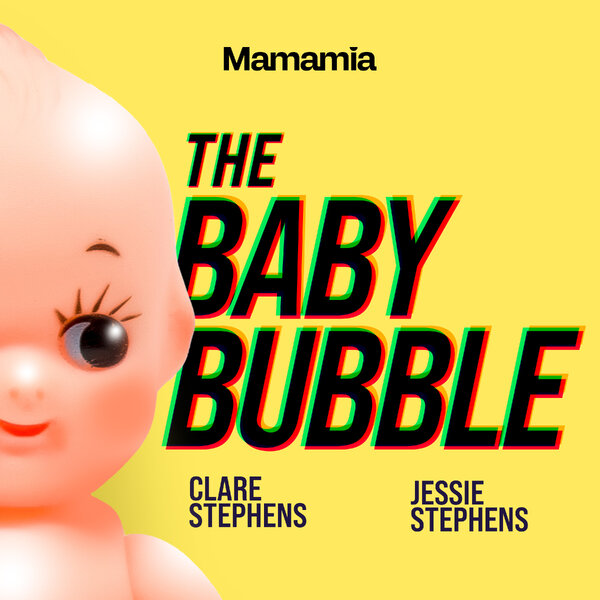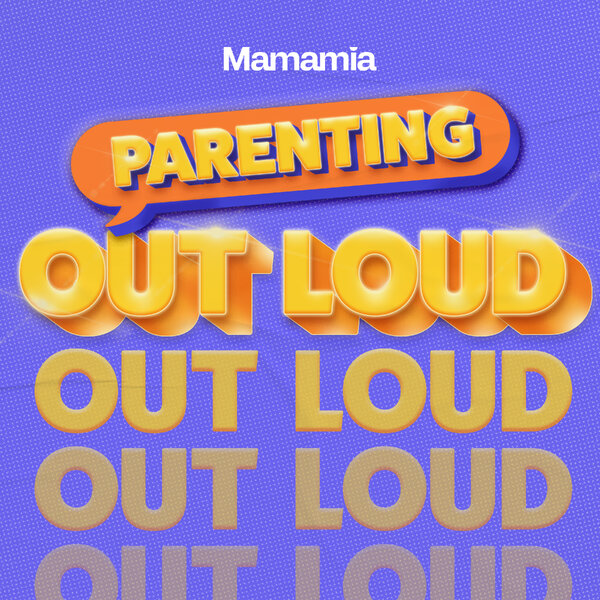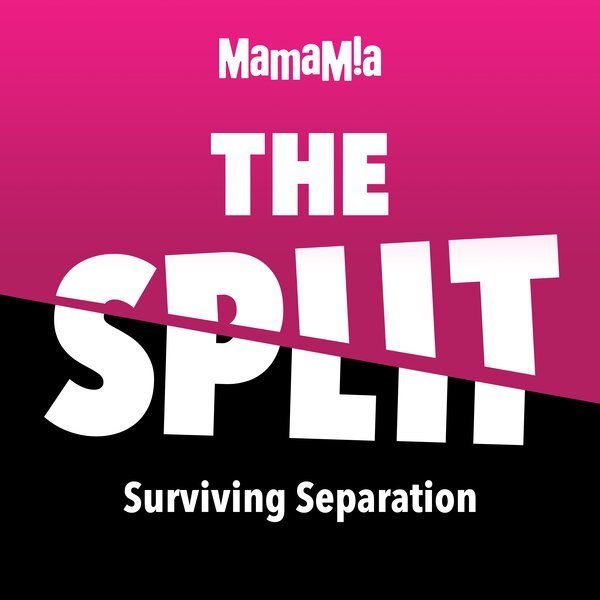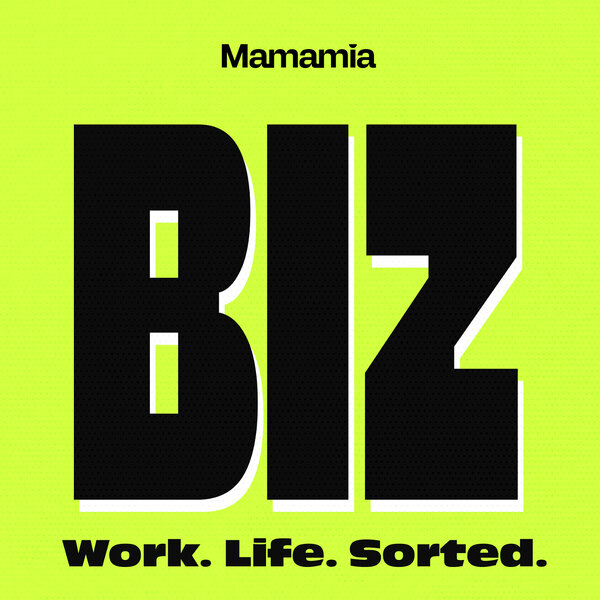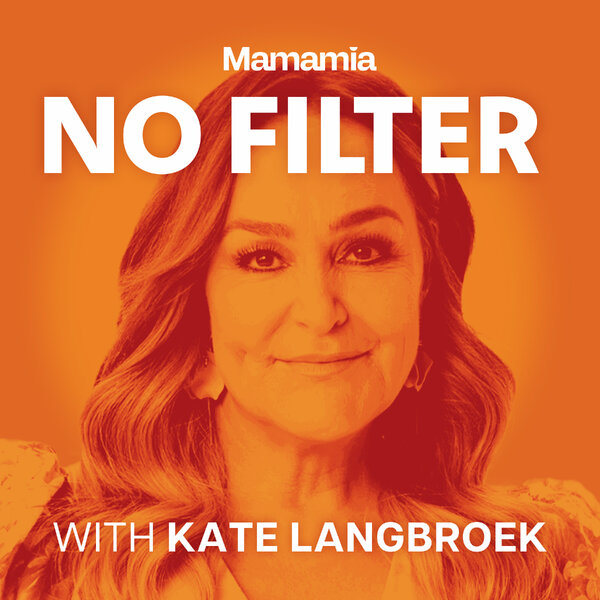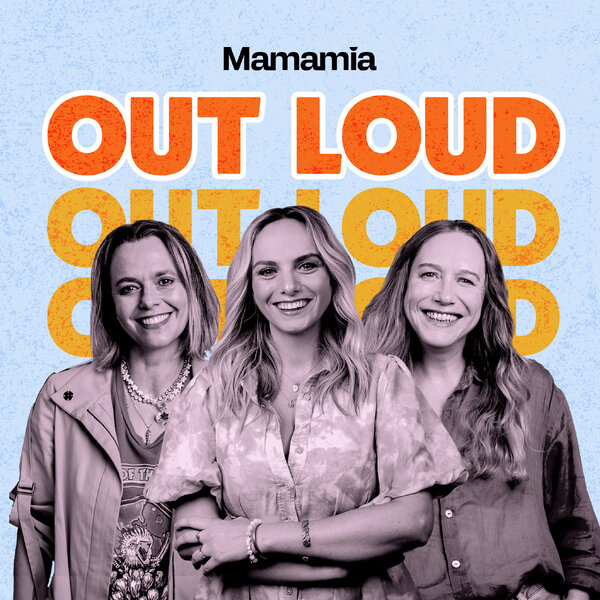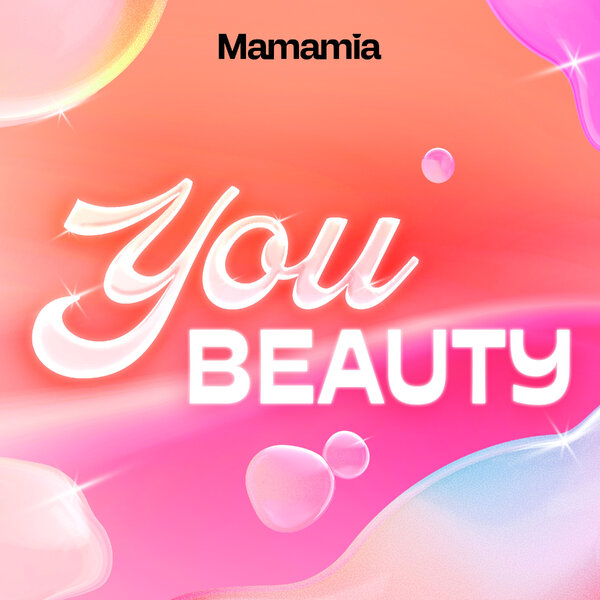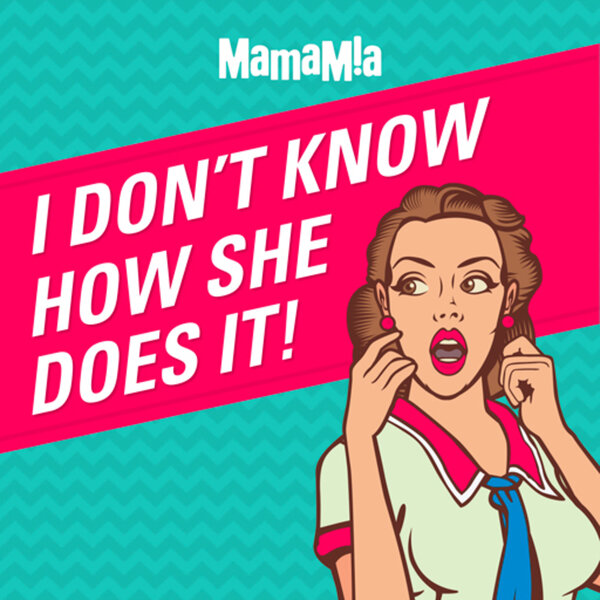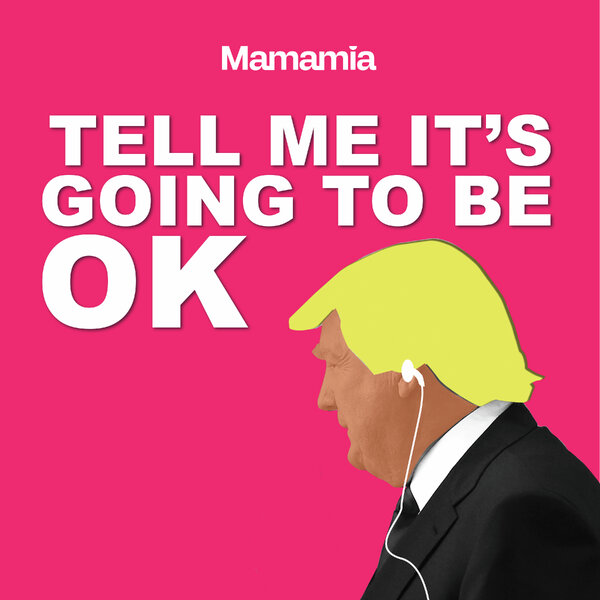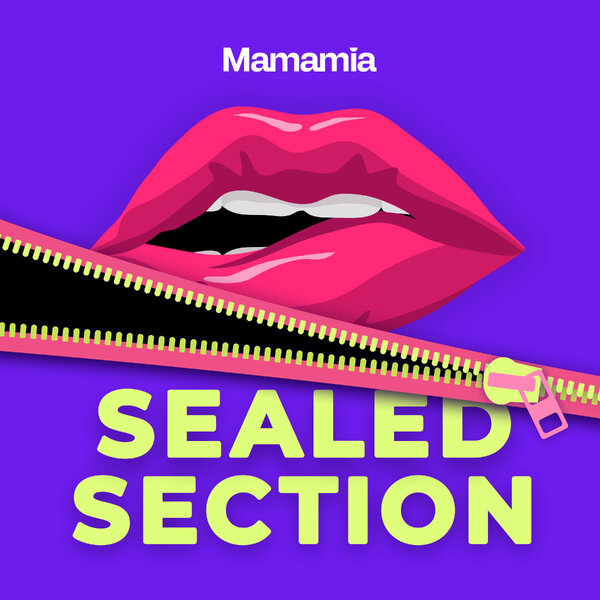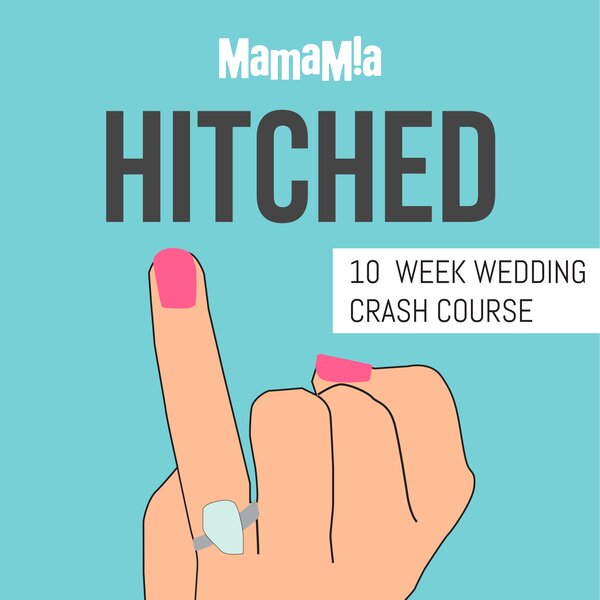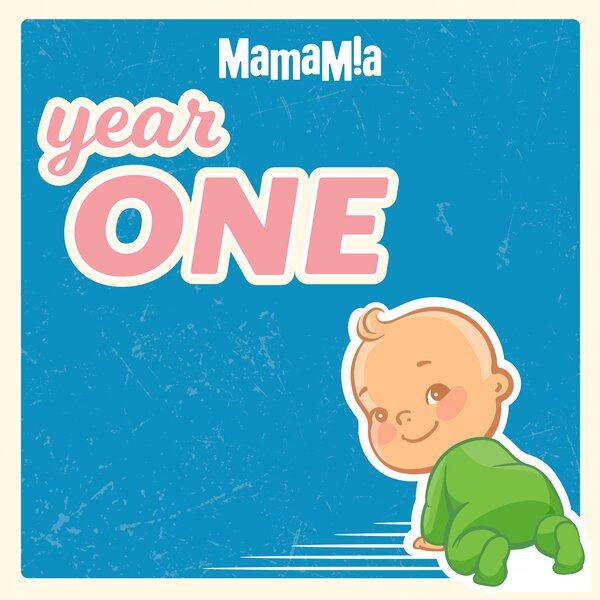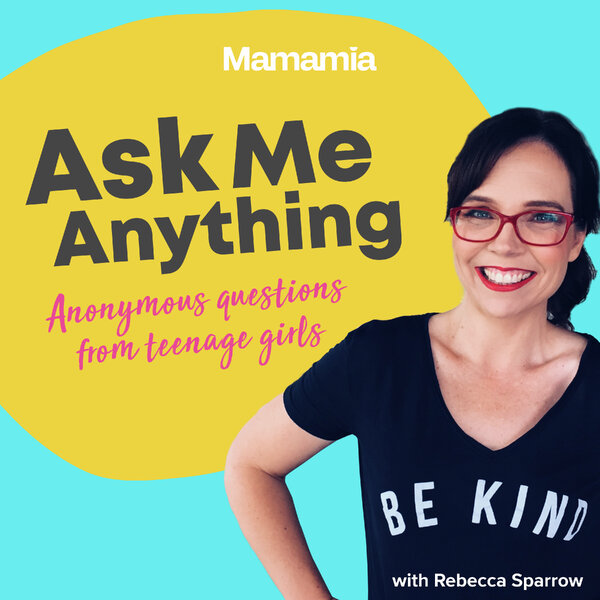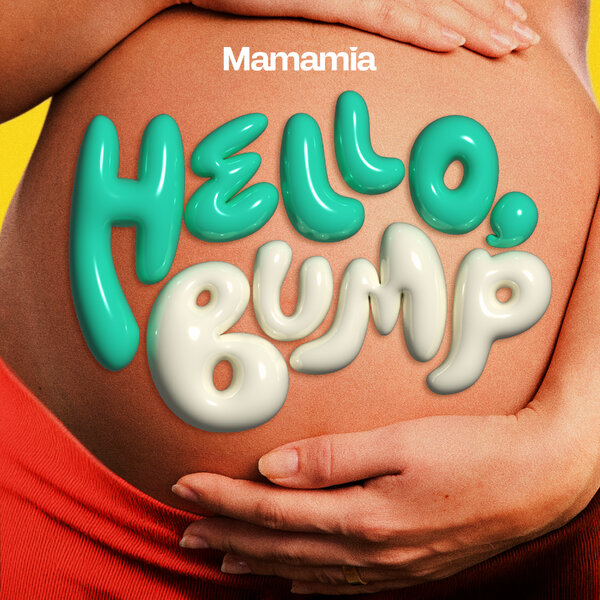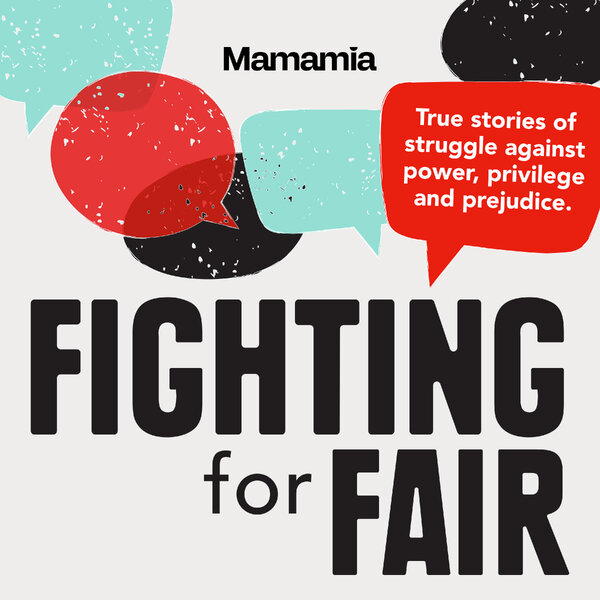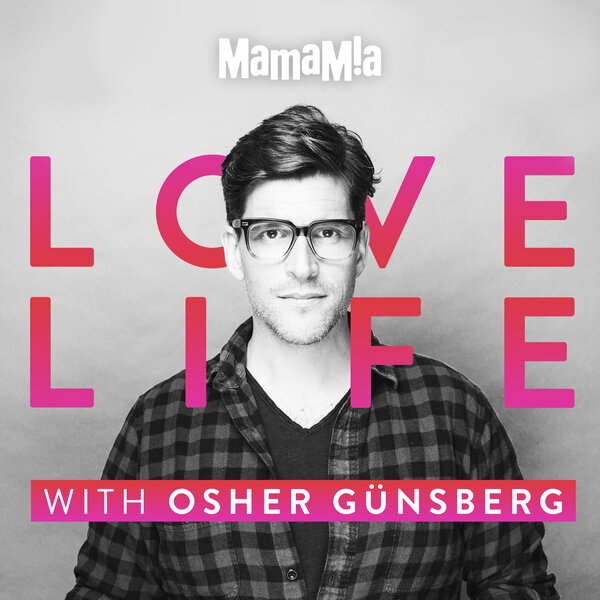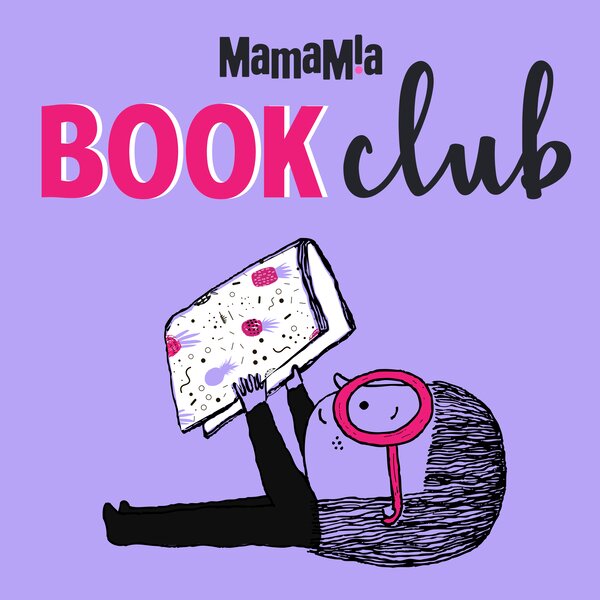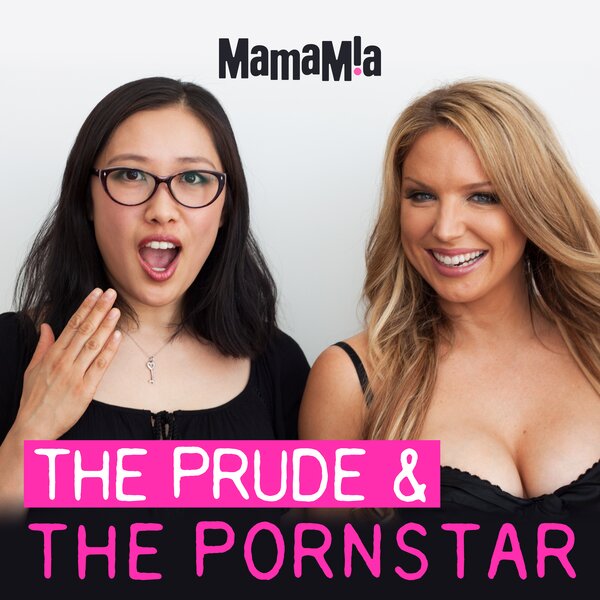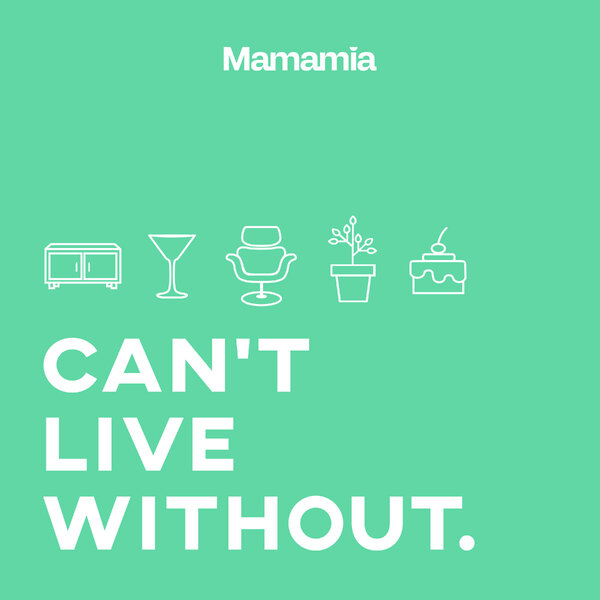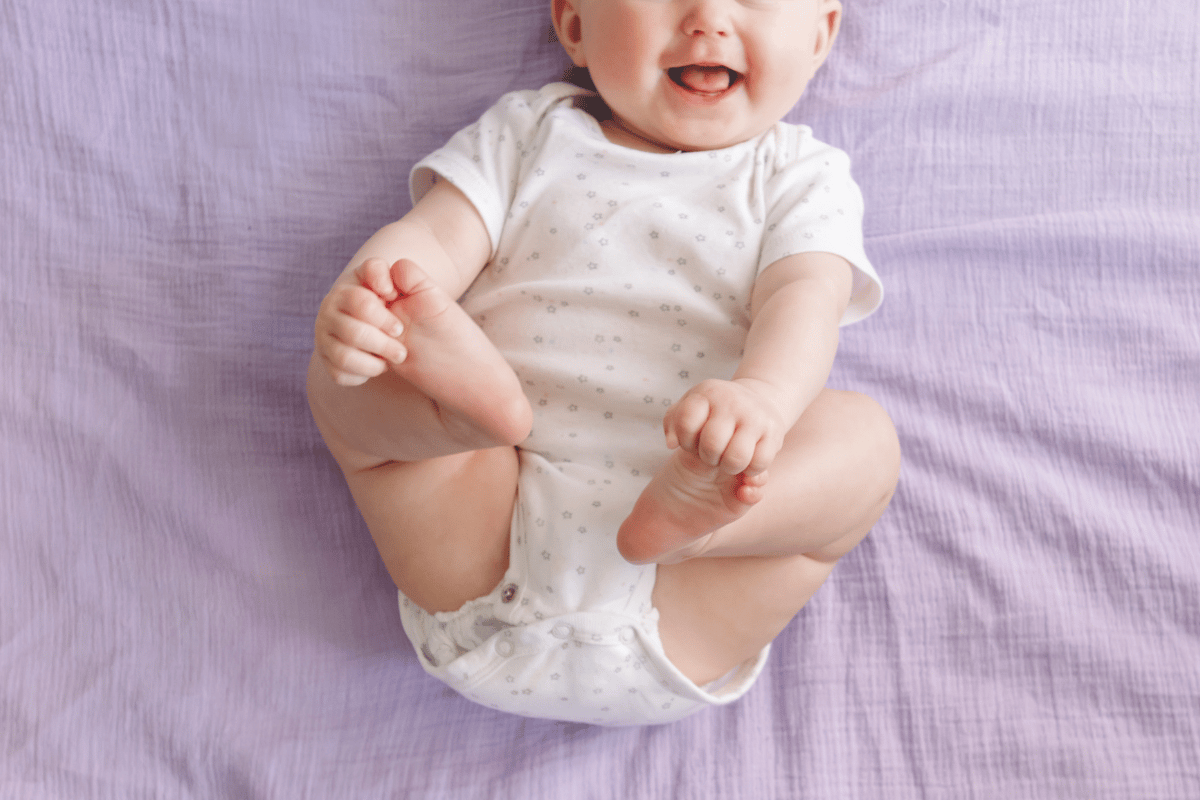
How long does it take a name to go from fresh to hopelessly dated to fresh again? Apparently, about a century. It's known as the Hundred Year Rule, and it means that baby names that were popular in 1923 should sound appealing to parents right about now (think Leo, Florence, Hazel, Harvey).
American naming site Nameberry has come up with a list of 20 names from the US top 100 from 1923 that haven't yet been revived in the States but could be.
Some of them are right on the money. For girls, Nameberry likes Agnes (as in the saint), Betty (the name chosen by Blake Lively and Ryan Reynolds for their daughter in 2019), Marjorie (a medieval form of Margaret), Minnie (a super-cute nickname) and Viola (as in Oscar-winning actress Viola Davis). Less likely to work in Australia: Pauline, despite Nameberry describing it as being "sleek" and "on trend".
For boys, Nameberry's choices include Chester (the name of Tom Hanks and Rita Wilson's son), Clarence (from the royal title Duke of Clarence), Ernest (sure to get a boost now that Princess Eugenie has given it to her baby), Floyd (cool musical connotations thanks to Pink Floyd), Milton (another surname-style name) and Ralph (already popular in the UK). Less likely to work in Australia: Virgil, because you just know kids at school will turn the "l" into an "n".
Watch: The weird names celebs give their kids. Post continues after video.
So what about names that were popular in Australia in 1923 that haven't yet been revived? A lot of them seem just too... well, Australian. It's hard to imagine anyone wanting to call their babies Sheila and Bruce, Norman and Norma, Neville and Noel, Barry and Trevor, or Beryl and Muriel (as in "You're terrible, Muriel!"). Maybe we need a hundred years and 15,000 kilometres for names to feel truly fresh?
